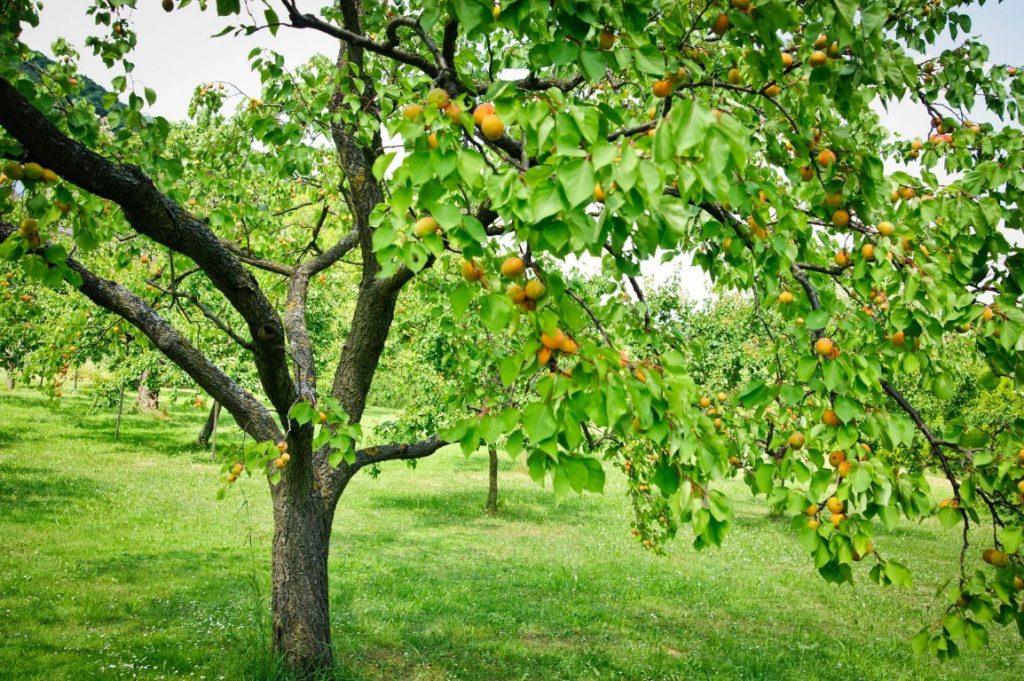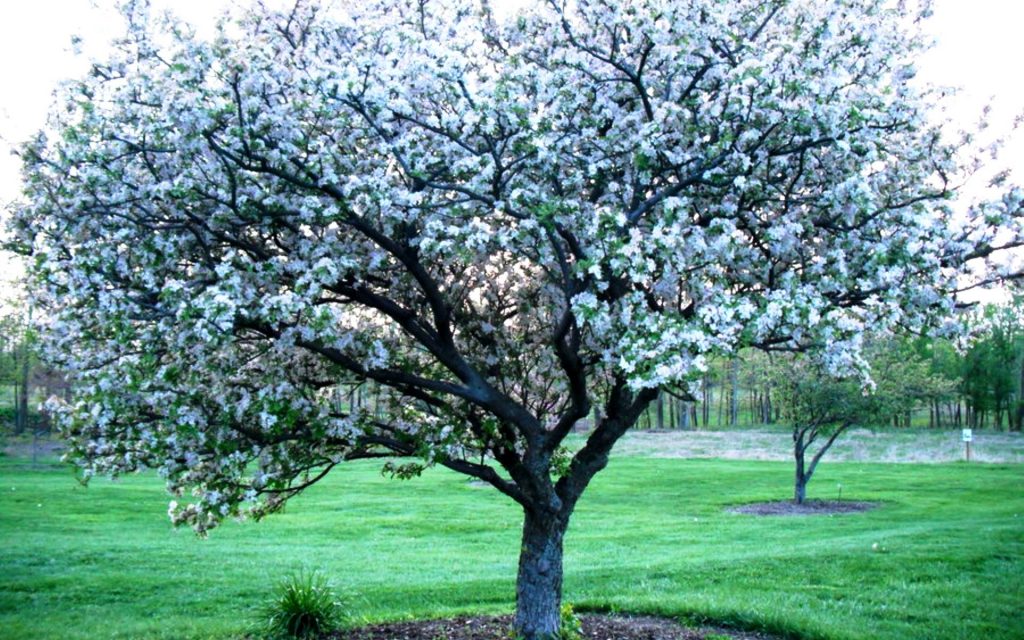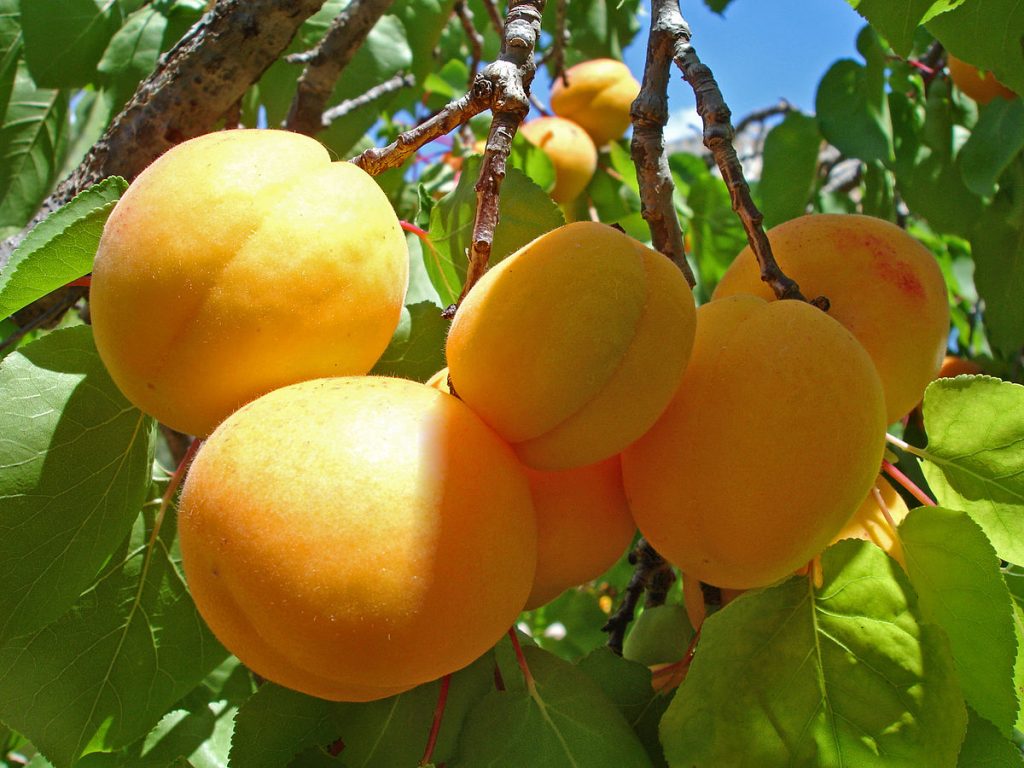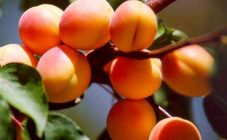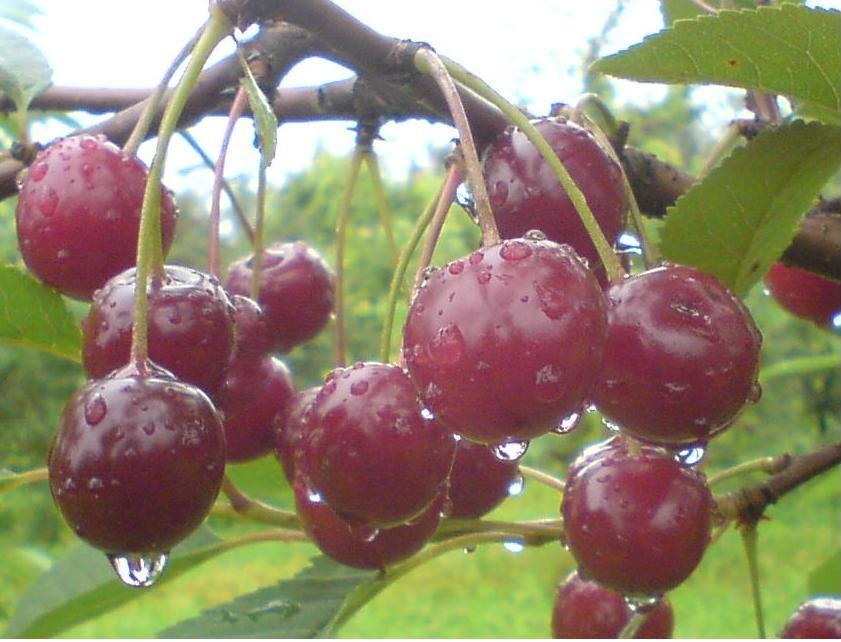Content:
These plants are very delicate. Low temperature or high humidity can be a serious challenge for the seedling. Another important feature of apricot is its love of sunlight and warm weather. In the middle lane, suitable growing conditions are rare. Still, it is quite possible to grow apricots here.
Where do they grow in Russia
Although the plant is of southern origin, it has an impressive potential to withstand frosty weather.
However, in winter, not only frosts are terrible, but also sudden temperature changes. For example, this applies to situations when a thaw is replaced by a sharp cold snap. Usually the result is freezing of shoots that did not have time to stiffen.
Although it is a thermophilic tree, this is where apricots grow in Russia: they can produce crops where the frost does not exceed 12 degrees. However, the most favorable areas for him are areas with a warm temperate climate.
In the mountains of Eastern Siberia, China and Dauria, this plant is found in the wild. However, in this case, the fruits are not eaten due to the fact that they have a pronounced bitter taste.
There are varieties that are bred for use in the Central Black Earth Region (Triumph Severny), for the Lower Urals (Medovy). The Snegirek variety, given a winter shelter, can be grown even in some northern regions of Russia. This apricot variety is considered the leader in cold resistance.
This is where apricot can grow in Russia: apricot varieties grow not only in central Russia, but also in the Urals, Siberia and the Far East. However, when a grower decides to grow it in such conditions, he must choose a variety that has been specially bred for this.
How to plant apricot seedlings in the middle lane
To plant seedlings, it is necessary to dig a hole for each of them, which has a depth of about 90 centimeters.
Until the moment of planting, 10 centimeters of sand mixed with rubble is poured onto its bottom. After that, a layer of fertilizer is placed. Next, you need to place the seedling in the hole and cover it with soil.
If planted with seeds, the depth of the fossa will be only 7 centimeters, and the distance that must be provided between them is 10 centimeters. Usually, not all bones sprout. After a year they are looked over and left by the strongest and most resilient.
The seedlings will need to be cut in a year so that the height does not exceed 120 centimeters.
How to properly care
One of the main problems of how to properly grow an apricot in central Russia is its very early flowering. In this case, inflorescences are formed even before the leaves appear. Frosts are not uncommon and can easily destroy crops at this time of year.
Some gardeners solve this problem by using special preparations that slow down this process. For the winter, it is customary to wrap trees with natural fabric. In early spring, the trunk is processed with lime.
As a result, not only is the illumination improved, but the branches are awakened to effectively form strong lateral shoots.
Pruning during fruiting is not recommended.
If pruning is done to remove diseased or damaged branches, it can be done as needed.
Proper fertilization plays an important role in the care.
It is done as follows:
- If the tree is already two or three years old, it will need 15 kilograms of organic fertilizer. In addition, you need: potassium chloride 40 g, superphosphate 30 g, ammonium nitrate 60 g;
- When the apricot is in its fourth or fifth year of life, organics will need to be added again. She needs at least 30 kilograms. This will additionally require: nitrate 100 g, potassium 60 g, superphosphate 200 g;
- At 6-8 years of life, plants add about 10-20 kilograms of organic fertilizers. Phosphate and nitrate are enough to take 10 g each, and potassium needs 140 g;
- When the apricot tree turns 9 years old, organic fertilizers will need to take up to 80 kilograms. You will also need phosphate 880 g, potassium 250 g, nitrate 250 g.
To this end, you need to dig a hole near the tree trunk. The distance should not exceed one and a half meters, and the depth should be approximately 50 centimeters. This must be done in the fall, before the frost sets in.
The pit contains kitchen and household waste suitable for composting. In fact, this creates a compost pit. When it is completely filled, it is necessary to cover it with earth. There are those who use this method of feeding and at the same time get good harvests of apricots.
For apricot, not only dryness will be harmful, but also excessive moisture.
During the season, watering is done three times:
- The first time should be in April, when the ovaries have not yet formed;
- The next watering is done in May. Just at this time, the apricot has a period of the most intensive growth;
- The last, third time falls on the beginning of July.
If high humidity is usually present during the season, it is recommended to limit yourself to only two waterings. In this case, they do it in April and early July.
Experienced gardening tips
Although it is quite possible to grow apricots in the middle zone of the Russian Federation, in order to get a good harvest of tasty and aromatic fruits, you need to take good care of the plant.
Here are some tips for doing this:
- Plants should not be planted in the lowlands. In the cold season, cold air will accumulate there, precipitation, flowing down, will create increased humidity;
- Apricot grows well in potassium-rich soil;
- It is not recommended to choose places for seedlings that are well blown by the wind;
- In spring, how pollination takes place is very important. It is possible to make it more intense. To do this, just sprinkle the flowers and leaves of the tree with sweetened water. This will help attract insects that are involved in pollination;
- It is recommended to plant not one, but two or three different varieties in order to ensure pollination;
- For growing in the middle lane, you need to use special ones suitable for this variety. If you take any southern variety of apricot, then it is unlikely to take root here.
Growing apricots in central Russia is quite possible. At the same time, much depends on the quality of plant care. If done correctly, the apricot will delight the gardener with a wonderful harvest.
